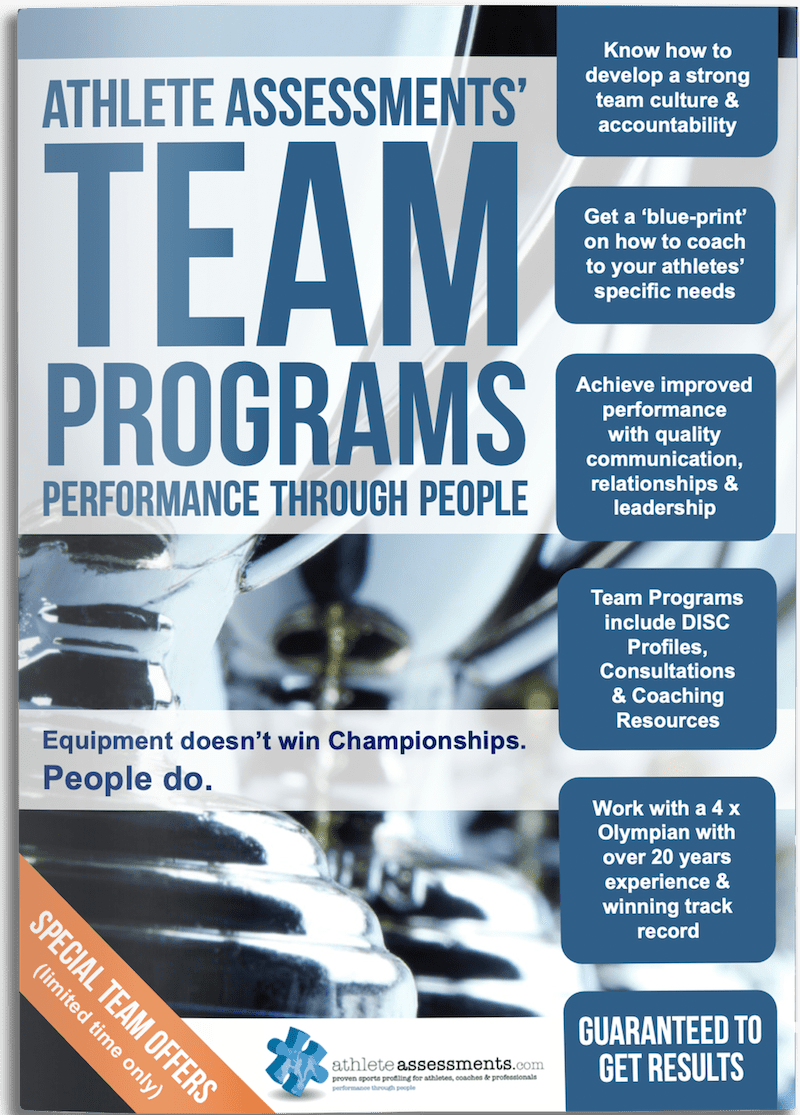Leadership can be a complicated topic. There are literally thousands of well-meaning books and even more articles dedicated to demystifying what leadership is and how to be an effective leader. We know there are different ways to lead and many examples of varying styles and philosophies of leadership. Knowing how to be a leader can be confusing because even though new models of leadership are spoken about, at the same time, we see more traditional styles being enacted within politics, business and sport. To say it is confusing is an understatement.

This article is my reflection on distilling leadership into what really matters. We can break that down with two basic focal points all leaders need to consider.
- Am I attracting followers?
- Am I leading with the best interest of others at the forefront of my mind?
These two critical points are the foundations to what leadership means to me. The first is rather obvious. If you have no followers then sorry, but you are not a leader. Leaders attract people who want to follow them. The next part of this equation is looking at how they do this.
Attracting followers is primarily a combination of two elements. Firstly, creating a vision for the future which appeals to people and secondly, being the type of person others want to follow. For student-athlete leaders or sporting leaders, this means knowing where you want to go (what you want to achieve this season and beyond) and having a clear pathway towards achieving this. Leaders who capture attention typically involve others in the process of creating this vision and guide others towards it.

Defining Outcomes and High Standards
This element of leadership is done daily in defining outcomes for every practice before practice even begins. Many “leaders” miss opportunities to do this and then wonder why the day’s practice was not so good. This can be broken down even further to defining outcomes for every drill and the standards we want to aspire to. When this is done effectively, the team practices at an incredibly consistent level and performs on game day in largely the same way. There are few surprises in performance in a team who has a leader who ensure this happens.
Leadership Styles and DISC
Another key element here is being someone who behaves in a way others desire to follow. We use the DISC model to understand leadership styles and how each of the styles relates to a different way to act and lead. The leaders we have found to be most effective are those who can lead to their strengths (their preferred style) yet can adapt to changing conditions and the needs of their followers. This can be as simple as holding team members accountable despite you not naturally wanting to do this, or knowing you have to change the way you give feedback to some team members compared to others. Leadership flexibility is the foundation to effectiveness and knowing yourself and your style is the foundation to flexibility.
Having the DISC model to create choices of behaviors can dramatically enhance a leader’s effectiveness. A leader can even ask themselves questions such as, “What behavioral style is needed now?”, “Will being a high D leader work in this moment?” This questioning process goes a long way to ensuring leaders are matching their leadership behavior with what the team needs at that point in time. This is not “easy” but it is also not “hard”. It just requires awareness and our role as a Coach is to create this awareness.
“Leadership. Coaches demand it, teams need it, future employers look for it and our communities yearn for it.”
Leadership Philosophy
The second focal point is more about leadership philosophy than leadership behavior. A philosophy is like the ethical standard of what leadership means to you. What type of leader do you want to be? How do you want others to think of you? Having a clear philosophy keeps your behavior in check. A philosophy is a leader’s compass directing them in every decision they make and action they take.

For new leaders, we encourage them to work through a process of discovering their philosophy by way of uncovering core values, what is important and why. Values driven leadership is often referred to as Authentic Leadership. Defining your values and how they determine behavior is critical before you become a leader. Once you become a leader, if you have not defined your values you will likely find yourself swaying with popular decisions and acting in a way that compromises who you are and what you stand for. A famous saying is,
“if you stand for nothing, or do not know what you stand for, you find yourself standing for everything.”
Leaders quickly learn they can never please everyone and how trying to do so ends up pleasing no one. Defining what is important to you, and then finding how this aligns to your team, is a first step in being an effective leader.
Often a leader can learn by observing other leaders across a diverse range of applications. We suggest looking to community leaders, teachers and other Coaches to help guide you in seeing how different people enact leadership. Ask these people questions on what their philosophy is and how they created it. Learn and apply this to develop your own philosophy.
Motives as a Leader
The bottom line in leadership is that you must consider your motives for wanting to become a leader. It is my hope that we as Coaches create leaders, develop leaders and reward leaders who want to help others. Being the type of leader who is self-less and gains most rewards from seeing others succeed is a big part in setting yourself up to do a phenomenal job in any leadership role.
At Athlete Assessments, we have developed Leading the Leaders, a Student Athlete Leadership Program designed to teach your athletes how to become great leaders. Find out more here.






